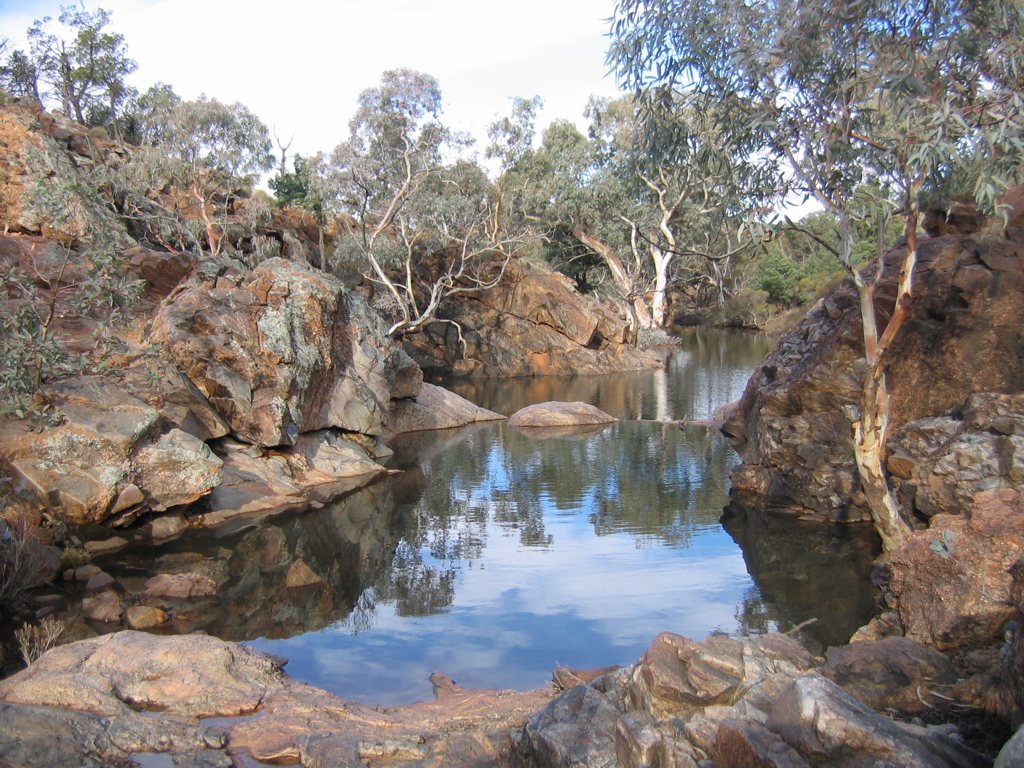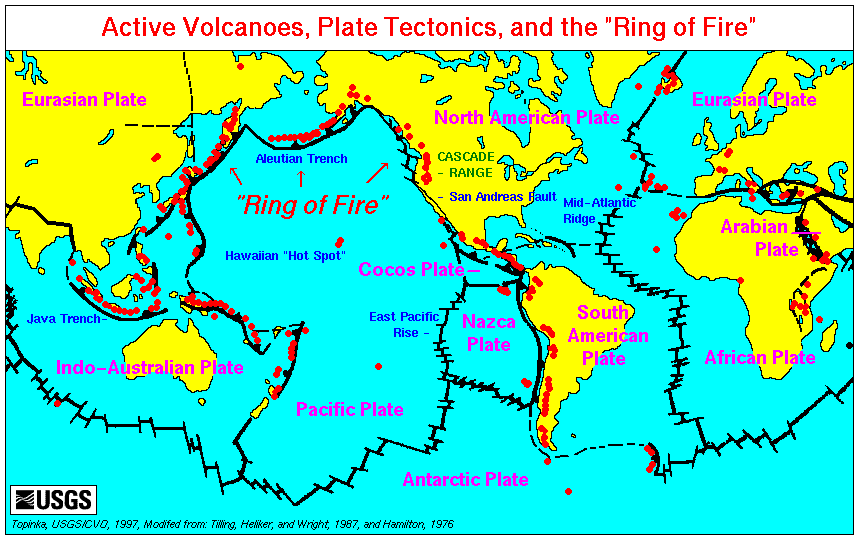|
Metis Shoal
Metis Shoal, also known as Lateiki Island, is a volcanic island at the top of a submarine volcano in Tonga, located between the islands of Kao (island), Kao and Late (Tonga), Late. The current island formed in October 2019, when a smaller island disappeared after 24 years. History The shoal was named by the captain of HMS ''Metis'' in 1875, who found a small volcanic island protruding from the ocean. The island was reported as being 200m long and 37m high by HMS Sappho (1873), HMS ''Sappho'' in 1878, and as 480m high in 1890, but had eroded away completely by 1898, leaving a shoal covered by 4m of water. Eruptions and short-lived islands have been reported as far back as 1781, according to the Global Volcanism Program. In December 1967 an eruption produced another short-lived island, which disappeared by the end of 1968. An eruption in 1979 discharged large amounts of pumice, and formed an island 16km in diameter. The new island was named "Lateiki" ("lies besides Late") and claimed ... [...More Info...] [...Related Items...] OR: [Wikipedia] [Google] [Baidu] |
List Of Volcanoes In Tonga
This is a list of active and extinct volcanoes in Tonga. References * See especiallFigure 1 * Global Volcanism ProgramGVP * D. Stanley; South Pacific handbook * Government of Tonga, official 1962 land survey {{reflist Lists of volcanoes, Tonga Volcanoes of Tonga, Lists of landforms of Tonga, Volcanoes ... [...More Info...] [...Related Items...] OR: [Wikipedia] [Google] [Baidu] |
Uninhabited Islands Of Tonga
The list of uninhabited regions includes a number of places around the globe. The list changes year over year as human beings migrate into formerly uninhabited regions, or migrate out of formerly inhabited regions. Definitions The exact definition of what makes a place "uninhabited" is not simple. Nomadic hunter-gather and pastoral societies live in extremely low population densities and range across large territories where they camp, rather than staying in any one place year-round. During the height of settler colonialism many European governments declared huge areas of the New World and Australia to be ''Terra nullius'' (land belonging to no one), but this was done to create a legal pretext to annex them to European empires; these lands were not, and are not uninhabited. While some communities are still nomadic, there are many remote and isolated communities in the less populated parts of the world that are separated from each other by hundreds or thousands kilometres ... [...More Info...] [...Related Items...] OR: [Wikipedia] [Google] [Baidu] |
Ephemeral Islands
Ephemerality (from the Greek word , meaning 'lasting only one day') is the concept of things being transitory, existing only briefly. Academically, the term ephemeral constitutionally describes a diverse assortment of things and experiences, from digital media to types of streams. "There is no single definition of ephemerality". With respect to unique performances, for example, it has been noted that " hemerality is a quality caused by the ebb and flow of the crowd's concentration on the performance and a reflection of the nostalgic character of specific performances". Because different people may value the passage of time differently, ephemerality may be a relative, perceptual concept: "In brief, what is short-lived may not be the object itself, but the attention we afford it".Ronald Beiner, ''Political Philosophy: What It Is and Why It Matters'' (2014), p. 10. Ephemerality and nature Geographical features An ephemeral stream is that which only exists following precipitation. ... [...More Info...] [...Related Items...] OR: [Wikipedia] [Google] [Baidu] |
Volcanoes Of Tonga
A volcano is commonly defined as a vent or fissure in the crust of a planetary-mass object, such as Earth, that allows hot lava, volcanic ash, and gases to escape from a magma chamber below the surface. On Earth, volcanoes are most often found where tectonic plates are diverging or converging, and because most of Earth's plate boundaries are underwater, most volcanoes are found underwater. For example, a mid-ocean ridge, such as the Mid-Atlantic Ridge, has volcanoes caused by divergent tectonic plates whereas the Pacific Ring of Fire has volcanoes caused by convergent tectonic plates. Volcanoes resulting from divergent tectonic activity are usually non-explosive whereas those resulting from convergent tectonic activity cause violent eruptions."Mid-ocean ridge tectonics, volcanism and geomorphology." Geology 26, no. 455 (2001): 458. https://macdonald.faculty.geol.ucsb.edu/papers/Macdonald%20Mid-Ocean%20Ridge%20Tectonics.pdf Volcanoes can also form where there is stretching an ... [...More Info...] [...Related Items...] OR: [Wikipedia] [Google] [Baidu] |
Submarine Volcanoes
Submarine volcanoes are underwater vents or fissures in the Earth's surface from which magma can erupt. Many submarine volcanoes are located near areas of tectonic plate formation, known as mid-ocean ridges. The volcanoes at mid-ocean ridges alone are estimated to account for 75% of the magma output on Earth.Martin R. Speight, Peter A. Henderson, "Marine Ecology: Concepts and Applications", John Wiley & Sons, 2013. . Although most submarine volcanoes are located in the depths of seas and oceans, some also exist in shallow water, and these can discharge material into the atmosphere during an eruption. The total number of submarine volcanoes is estimated to be over one million (most are now extinct) of which some 75,000 rise more than above the seabed. Only 119 submarine volcanoes in Earth's oceans and seas are known to have erupted during the last 11,700 years. Hydrothermal vents, sites of abundant biological activity, are commonly found near submarine volcanoes. Effect of w ... [...More Info...] [...Related Items...] OR: [Wikipedia] [Google] [Baidu] |
Active Volcanoes
An active volcano is a volcano that is currently erupting, or has the potential to erupt in the future. Conventionally it is applied to any that have erupted during the Holocene (the current geologic epoch that began approximately 11,700 years ago). A volcano that is not currently erupting but could erupt in the future is known as a dormant volcano. Volcanoes that will not erupt again are known as extinct volcanoes. Overview There are 1,350 potentially active volcanoes around the world, 500 of which have erupted in historical time. Many active volcanoes are located along the Pacific Rim, also known as the Pacific Ring of Fire. An estimated 500 million people live near active volcanoes. ''Historical time'' (or recorded history) is another timeframe for ''active''. The span of recorded history differs from region to region. In China and the Mediterranean, it reaches back nearly 3,000 years, but in the Pacific Northwest of the United States and Canada, it reaches back less tha ... [...More Info...] [...Related Items...] OR: [Wikipedia] [Google] [Baidu] |
2019 In Tonga
Events in the year 2019 in Tonga. Incumbents * Monarch: Tupou VI * Prime Minister: ʻAkilisi Pōhiva (until 12 September), Semisi Sika (acting, from 12 September until 8 October), Pohiva Tuʻiʻonetoa (from 8 October) Events October * Metis Shoal, a volcanic island at the top of a submarine volcano between Kao and Late disappears during an eruption which is first reported on the morning of 14 October. A new and bigger island appears nearby. Deaths *12 September – ʻAkilisi Pōhiva, Prime Minister (b. 1941). Radio New Zealand, 12 September 2019 References {{Years in Tonga[...More Info...] [...Related Items...] OR: [Wikipedia] [Google] [Baidu] |
2019 In Science
A number of significant scientific events occurred in 2019. Events January * 1 January The ''New Horizons'' space probe flies by Kuiper belt object 486958 Arrokoth (nicknamed ''Ultima Thule''), the outermost close encounter of any Solar System object. * 2 January A study finds that tons of methane, a greenhouse gas, are released into the atmosphere by melting ice sheets in Greenland. * 3 January ** China's National Space Administration ( CNSA) achieves the first soft landing on the far side of the Moon with its Chang'e 4 mission. ** Scientists report the engineering of crops with a photorespiratory "shortcut" to boost plant growth by 40% in real-world agronomic conditions. * 4 January ** Researchers at Ecole polytechnique fédérale de Lausanne (EPFL) report a way to control properties of excitons and change the polarisation of light they generate, which could lead to transistors that undergo less energy loss and heat dissipation. ** Researchers design an inhalable form o ... [...More Info...] [...Related Items...] OR: [Wikipedia] [Google] [Baidu] |
1995 In Tonga
1995 was designated as: * United Nations Year for Tolerance * World Year of Peoples' Commemoration of the Victims of the Second World War This was the first year that the Internet was entirely privatized, with the United States government no longer providing public funding, marking the beginning of the Information Age. America Online and Prodigy (online service), Prodigy offered access to the World Wide Web system for the first time this year, releasing browsers that made it easily accessible to the general public. Events January * January 1 ** The World Trade Organization (WTO) is established to replace the General Agreement on Tariffs and Trade (GATT). ** Austria, Finland and Sweden join the European Union. * January 9 – Valeri Polyakov completes 366 days in space while aboard then ''Mir'' space station, breaking a duration record. * January 10–January 15, 15 – The World Youth Day 1995 festival is held in Manila, Manila, Philippines, culminating in 5 million people ... [...More Info...] [...Related Items...] OR: [Wikipedia] [Google] [Baidu] |
1995 In Science
The year 1995 in science and technology involved many significant events, listed below. Astronomy and space exploration * February – Project Phoenix (SETI), Project Phoenix begins looking for extraterrestrial transmissions using the Parkes Observatory radio telescope in New South Wales, Australia, the largest telescope in the Southern Hemisphere. * February 8 – Asteroid 6349 Acapulco is discovered by Masahiro Koishikawa. * March 22 – Cosmonaut Valeri Polyakov returns after setting a record for 438 days in Outer space, space. * July 23 – Comet Hale–Bopp is discovered by Alan Hale (astronomer), Alan Hale and Thomas Bopp independently. * October 6 – 51 Pegasi b: Didier Queloz and Michel Mayor of the University of Geneva at the Observatoire de Haute-Provence announce the first definitive detection of an extrasolar planet orbiting an ordinary main sequence star (51 Pegasi) and the first "hot Jupiter". * December 7 – NASA's ''Galileo (spacecraft)#Galileo entry probe, Gal ... [...More Info...] [...Related Items...] OR: [Wikipedia] [Google] [Baidu] |
List Of New Islands
Below is a list of new islands created since the beginning of the 20th century by volcanism, erosion, Retreat of glaciers since 1850, glacial retreat, or other mechanisms. One of the most famous new volcanic islands is the small island of Surtsey, located in the Atlantic Ocean south of Iceland. It first emerged from the ocean surface in 1963. Two years later, Surtsey was declared a nature reserve for the study of ecological succession; plants, insects, birds, seals, and other forms of life have since established themselves on the island. Another noted new island is Anak Krakatau (the so-called "child of Krakatoa", which formed in the flooded caldera of that notorious volcano in Indonesia), which emerged only in 1930. Ample rainforests have grown there, although they are often destroyed by frequent volcano, eruptions. A population of many wild animals, including insects, birds, humanborne rats, and even monitor lizards, have also settled there. Didicas Volcano off the northern co ... [...More Info...] [...Related Items...] OR: [Wikipedia] [Google] [Baidu] |






